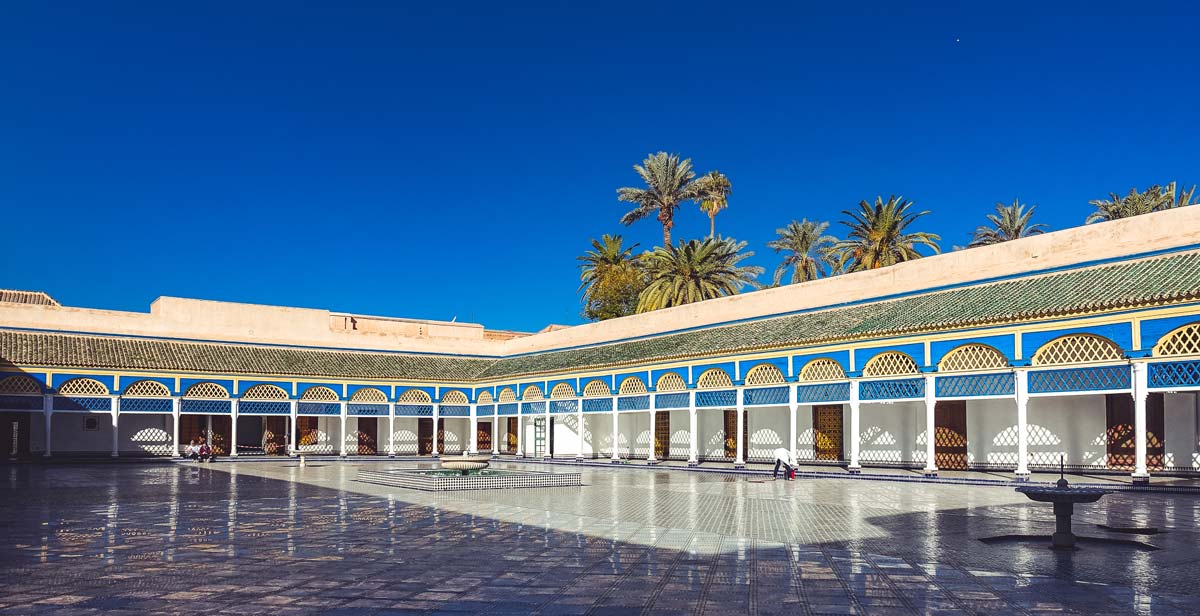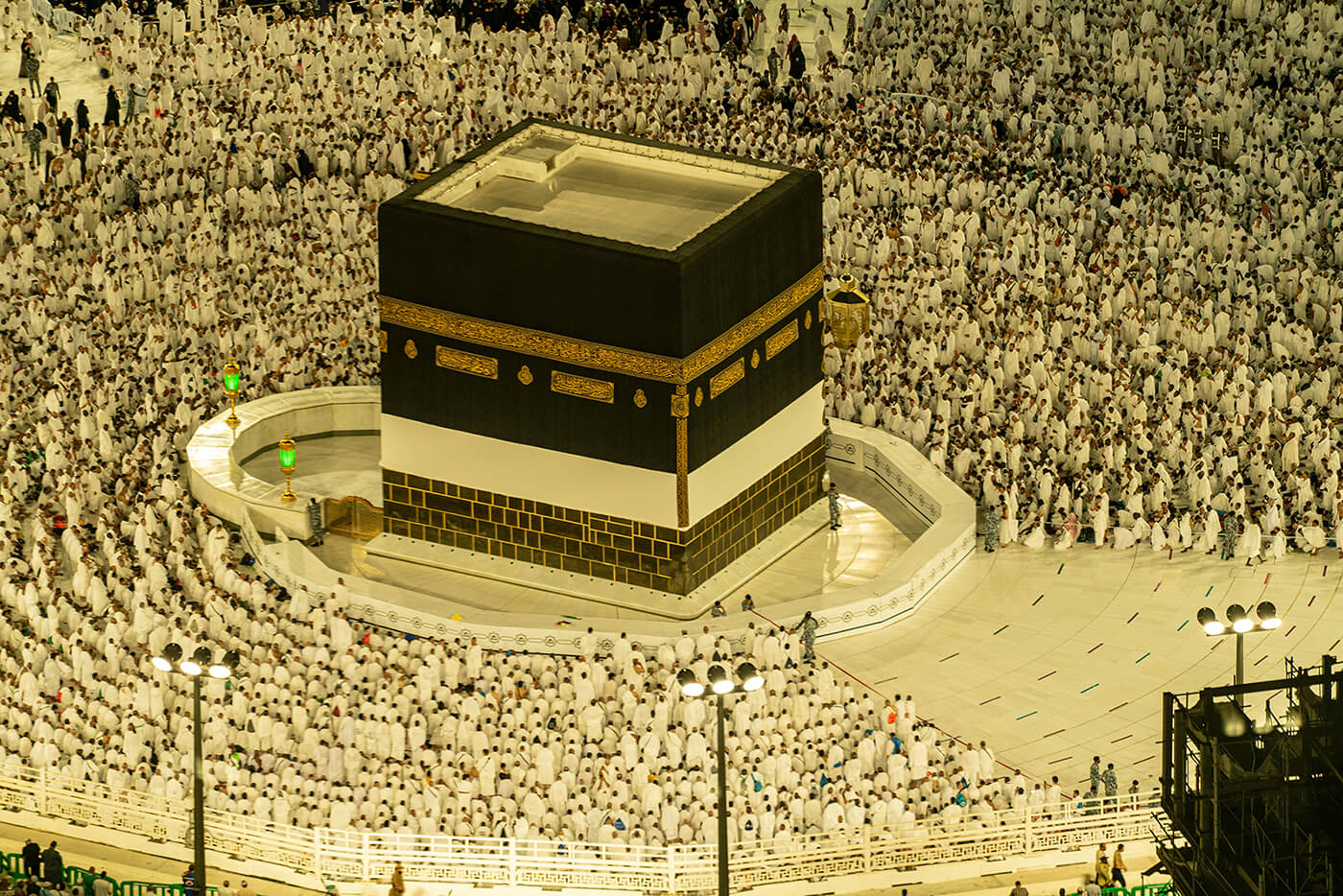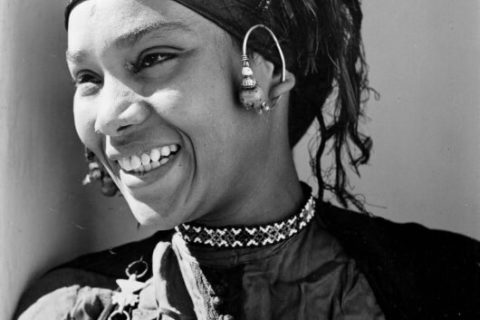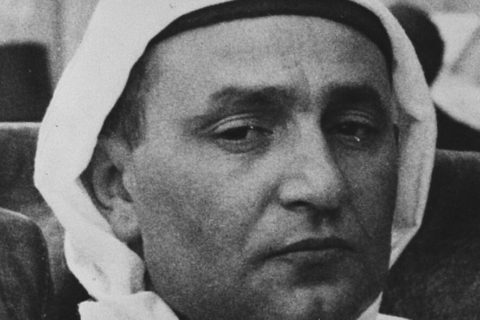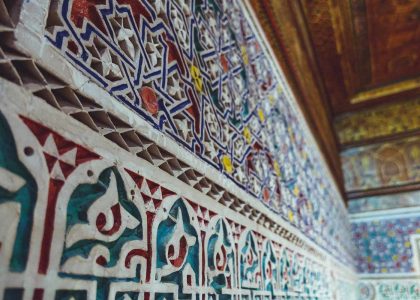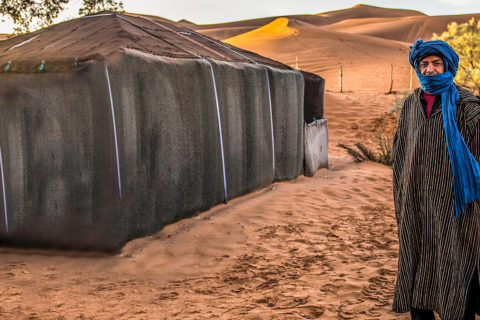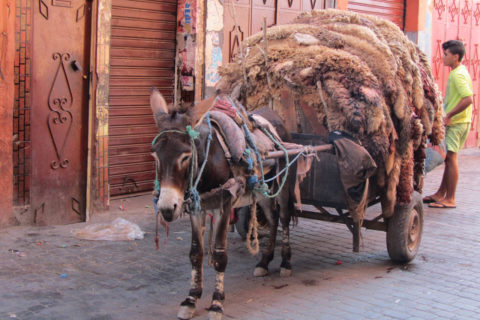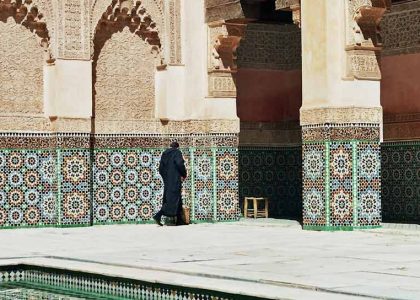Islam is deeply rooted in Moroccan society and shapes every aspect of daily life. This article provides an overview of Morocco’s religious landscape and offers useful insights into important Islamic festivals and traditions. You’ll learn how Islam influences daily life and tourism in the country, and how to respectfully engage with its Islamic culture while exploring Morocco’s rich history and stunning architecture.
Around 98.7% of Morocco’s population are Muslims, most of whom follow Sunni Islam. King Mohammed VI holds the title “Amir al-Mu’minin” (Commander of the Faithful) and serves as the country’s religious leader.
The regular call to prayer, echoing through the streets of Moroccan cities, is a constant reminder of how deeply faith is woven into everyday life.
Islam became a part of Moroccan identity with the Arab conquest in the 7th century, leaving its mark everywhere: in the magnificent mosques of Fes and Casablanca, the historic alleys of the medinas, and the many traditions upheld by the people.
In the grand mosques and bustling souks of Marrakech, Islam is not just a religion but also a driving force behind Moroccan culture. For travelers, Morocco offers a chance to experience a unique version of Islam that blends tradition with modernity.
Contents
What is Islam?
Islam is one of the world’s major religions and is based on the belief in one God, Allah. Its followers, known as Muslims, adhere to the teachings of the Prophet Mohammed, who lived in 7th-century Arabia and is regarded as the messenger of divine revelation.
The Quran, Islam’s holy book, contains these teachings and is considered the direct word of God. Alongside the Quran, Hadiths—accounts of Mohammed’s life and sayings—serve as key sources of Islamic principles and practices.
Islamic life is structured around five fundamental practices, known as the Five Pillars of Islam:
- Schahāda – declaration of faith
- Salāt – daily prayers
- Zakāt – almsgiving
- Sawm – fasting during Ramadan
- Hajj – pilgrimage to Mecca
These pillars form the foundation of Muslim life, emphasizing the importance of community, justice, and mercy. Islam provides guidelines for many aspects of daily life, from eating habits and clothing to social relationships.
As the second largest community, with over 2 billion followers, Islam has evolved into diverse schools of thought and traditions, reflecting regional interpretations.
Islamic jurisprudence (Sharia) is based on the Quran, the Hadith, and the interpretations from legal scholars.
Most Muslims in Morocco follow the Maliki school of thought, one of the four main Sunni legal schools.
The arrival of Islam in Morocco
Islam was introduced to Morocco in the 7th century during the Arab conquests. Oqba Ibn Nafi, a key figure in the Islamic expansion, reached the Atlantic coast in 682, marking the beginning of a significant cultural and societal transformation.
Initially, the Berbers resisted Arab rule but gradually embraced Islam over centuries. Cities were the first to adopt the new faith, followed later by rural communities.
This transformation influenced Moroccan culture, language, and society. New cities like Marrakech were founded, and a unique Moorish-Islamic culture emerged. Arabic language and art, particularly in architecture, became dominant, as seen in the intricate geometric patterns, calligraphy, and designs that define Moroccan craftsmanship today.
Despite initial resistance, Islam deeply embedded itself into Moroccan society. The fusion of Islamic traditions with local customs shaped a unique form of Islam that influences every aspect of life. This impact is visible in architecture and art, but also in social structures, legislation, and daily life, highlighting the enduring legacy of Islam in Morocco.
Islam as the state religion
The relationship between religion and politics in Morocco is complex. Islam is the state religion, and the Ministry of Islamic Affairs operates under the monarchy. As both a religious and political leader, King Mohammed VI promotes a vision of an enlightened and tolerant Islam.
While Morocco officially emphasizes religious tolerance, the reality is more nuanced. The constitution acknowledges the supremacy of Islam but also promotes values like openness and dialogue. Non-Muslim communities, including Jews and foreign Christians, are recognized but face certain limitations. Atheism and conversions away from Islam remain highly sensitive topics.
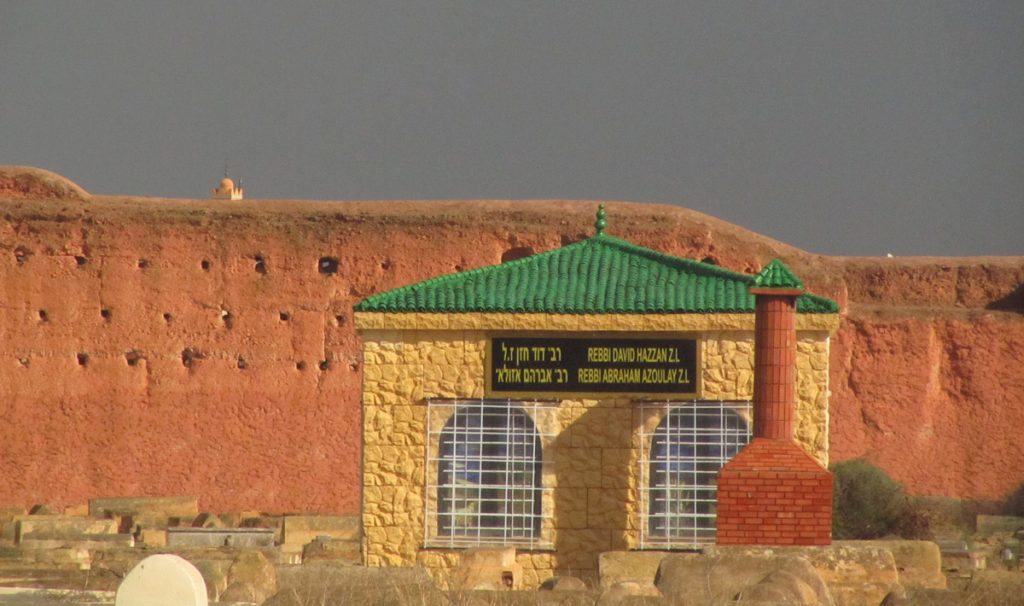
Islam also plays a significant political role. The Islamist Justice and Development Party (PJD) has been influential since 2011, promoting religious values in politics while increasingly focusing on broader issues. The king, however, retains ultimate control over religious interpretations, ensuring a balance between traditional and modern reforms.
Islam in everyday life
The Five Pillars of Islam
The Five Pillars of Islam are an important part of the daily lives of most Muslims in Morocco. However, there are some differences in how these principles are practiced depending on the region and the individual’s religious devotion level.
- Declaration of faith
The declaration of faith in Allah as the one true God and Mohammed as his prophet forms the basis of all pillars. - Ritual prayers
Ritual prayers, performed five times daily facing Mecca, carry deep spiritual and social significance. While men often perform these prayers publicly, women typically pray at home or in designated areas of the mosque. - Almsgiving
Almsgiving is another important tradition. While originally a mandatory 10% income tax, this practice, known as Zakāt, remains widespread in Morocco as a basic element of social life. - Fasting
Ramadan, the ninth month of the Islamic calendar, is a time of reflection and self-discipline. From sunrise to sunset, believers abstain from food, drink, and other physical pleasures, viewing fasting as an opportunity for spiritual growth and reconciliation. - Pilgrimage to Mecca
The pilgrimage to Mecca, undertaken during the month of Dhu al-Hijjah, is a significant milestone in a Muslim’s life. Returning pilgrims are honored in their communities and often decorate their homes to commemorate the journey.
Islamic festivals
Islamic festivals play a central role in Morocco’s cultural and religious life. These celebrations follow the Islamic lunar calendar, shifting by about 11 days each year in the Gregorian calendar.
Ramadan: This holy month is a time for fasting, prayer, and reflection. Life slows down during the day, but evenings are lively with communal meals and gatherings.
Eid al-Fitr: The festival marking the end of Ramadan is celebrated with family gatherings, traditional sweets like chebakia, and festive decorations.
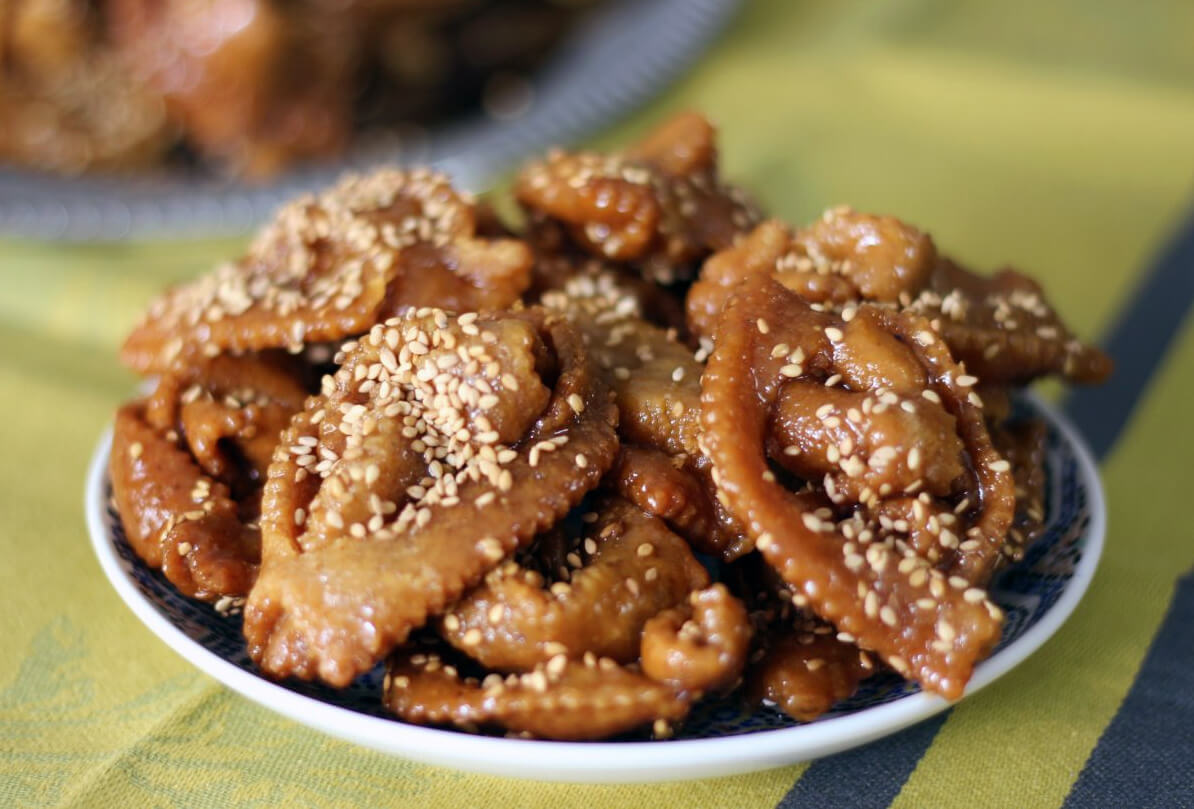
Eid al-Adha: Known as the Festival of Sacrifice, this four-day celebration commemorates Abraham’s willingness to sacrifice his son for God.
Family and gender roles
The role of women in Morocco is a result of a complex interplay between tradition and modernity.
On the streets of Moroccan cities, you’ll see women wearing everything from headscarves and full veils to modern Western-style clothing. This diversity reflects both personal choices and regional differences. Urban areas tend to have a more liberal attitude, while rural regions are often more conservative.
The position of women highlights Morocco’s ongoing social transformation. Legally, the country has made significant progress in this area. The introduction of the new family law (Moudawana) in 2004 strengthened women’s rights, promoting gender equality and limiting polygamy. Polygamy now requires the consent of the first wife and the approval of a judge.
Despite these legal advances, achieving full gender equality remains a challenge. According to the Global Gender Gap Report 2020, economic opportunities for women in Morocco are still limited. In rural areas, the gender gap is even wider compared to urban centers.
Therefore, the debate on women’s rights continues. Modern feminists and Islamic scholars argue that Islam should not justify women’s oppression. Meanwhile, others defend traditional values. The role of women in Morocco is an example of the ongoing dialogue between heritage and modern demands.
Sufism
Sufism, the mystical dimension of Islam, has a long tradition in Morocco and plays a vital role in the country’s spiritual life. Since the 10th and 11th centuries, Sufi brotherhoods like the Shadhiliyya, founded by Abu al Hasan al-Shadili, shaped Morocco’s religious landscape.
There are several Sufi orders in Morocco, including the Tijaniyya, Aissawa, and Hamadsha. These groups often express their spirituality through music, dance, and trance rituals. The Gnawa community is particularly well-known for blending Islamic and West African traditions.
The Gnawa culture, with roots in West Africa, is closely tied to Morocco’s music scene. Their unique drums and long-necked lutes have influenced not only Moroccan culture but also international music genres like flamenco and jazz.
A highlight of this tradition is the annual Gnawa Festival in Essaouira, one of Africa’s largest music festivals. This event showcases the vibrant fusion of traditional Gnawa sounds with modern music styles, underscoring Sufism’s adaptability in contemporary times.
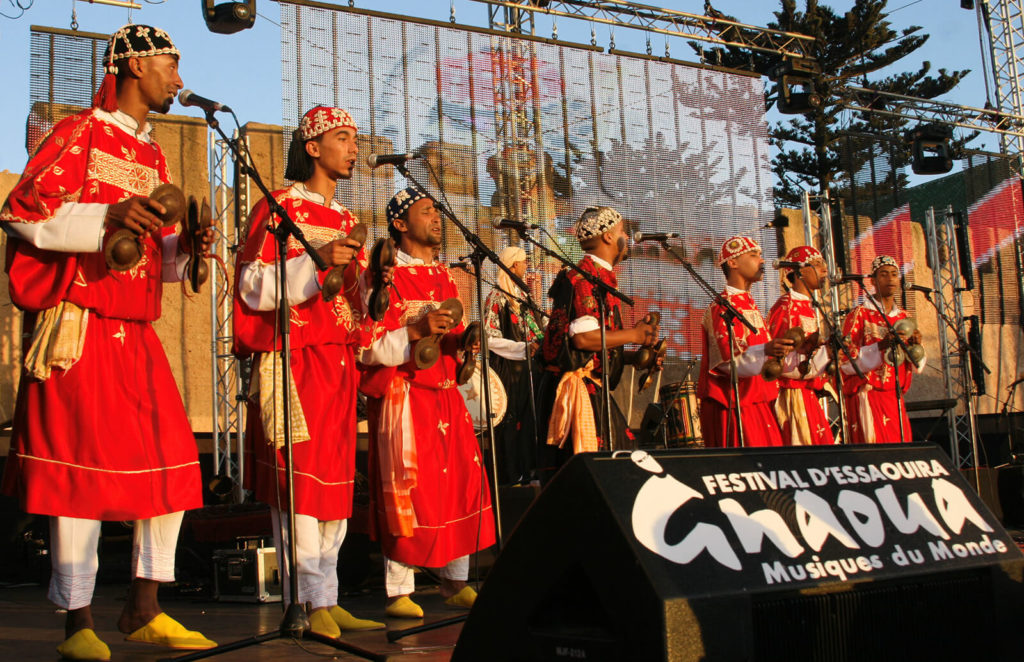
Islam and the challenges of modernity
Morocco emphasizes a tolerant, Sufi-inspired form of Islam as a way to distance itself from radical ideologies and preserve national identity.
Globalization has also deeply affected Morocco’s religious landscape. While Islamist and nationalist groups view globalization as a threat to Arab-Islamic identity and traditional values, urban areas are increasingly open to global influences.
In Moroccan cities, a growing trend of practical secularism limits the reach of Islamist ambitions. International cultural events are gaining importance, while criticism from Islamist groups is losing ground. Even Islamist parties like the PJD are adapting to global political and economic realities.
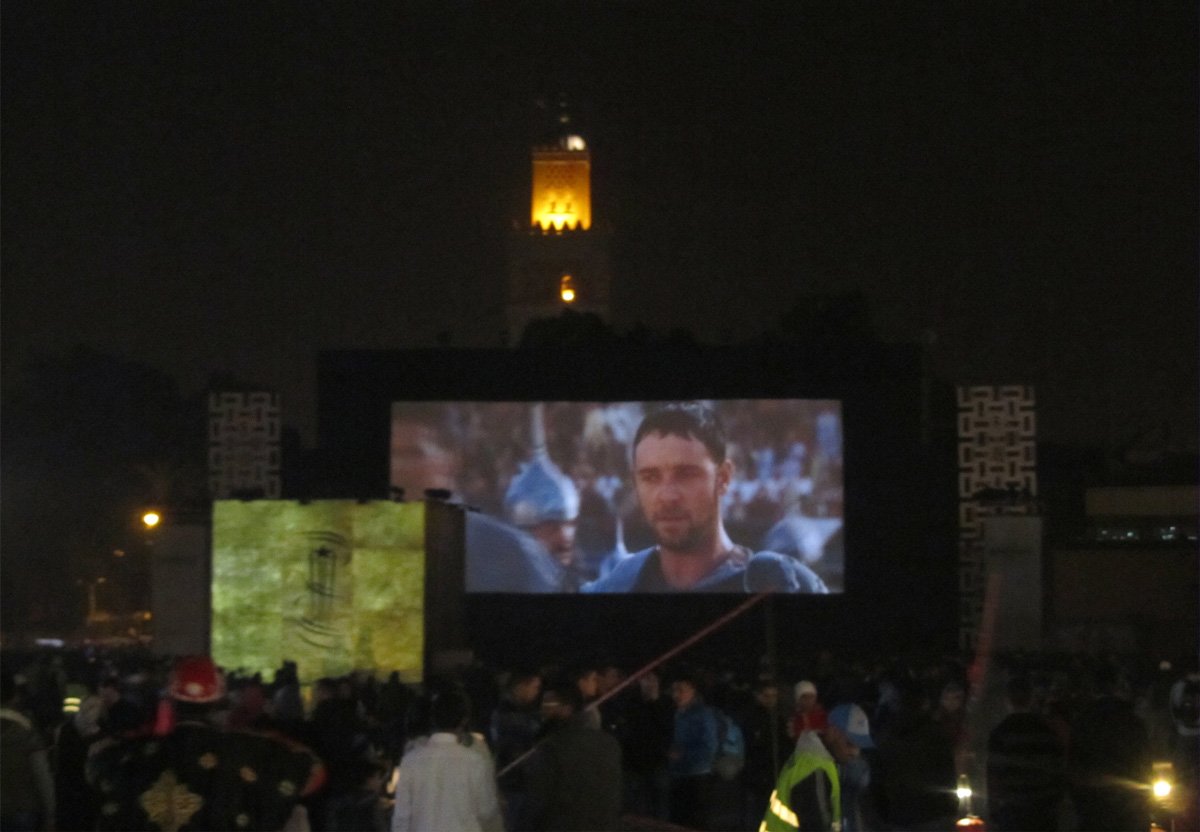
Globalization has created a more complex religious landscape. This means that traditional Islamic values exist alongside modern influences. The religious discourse remains vibrant, with diverse interpretations of Islam—from traditional to liberal—gaining traction. Morocco is in the process of redefining its religious identity within a global context.
The role of Islam in Morocco for travelers
Islam has left Morocco with a rich cultural heritage that fascinates visitors from around the globe. The country’s Islamic architecture features breathtaking masterpieces among the region’s top attractions. A prime example is the Ben Youssef Madrasa in Marrakech, a former Quranic school that is considered one of Morocco’s most significant landmarks.
Islam’s prohibition of figurative imagery has encouraged the development of captivating art forms like calligraphy, mosaics, and geometric patterns. These are prominently featured in Moroccan architecture and art, making them a must-see for tourists.
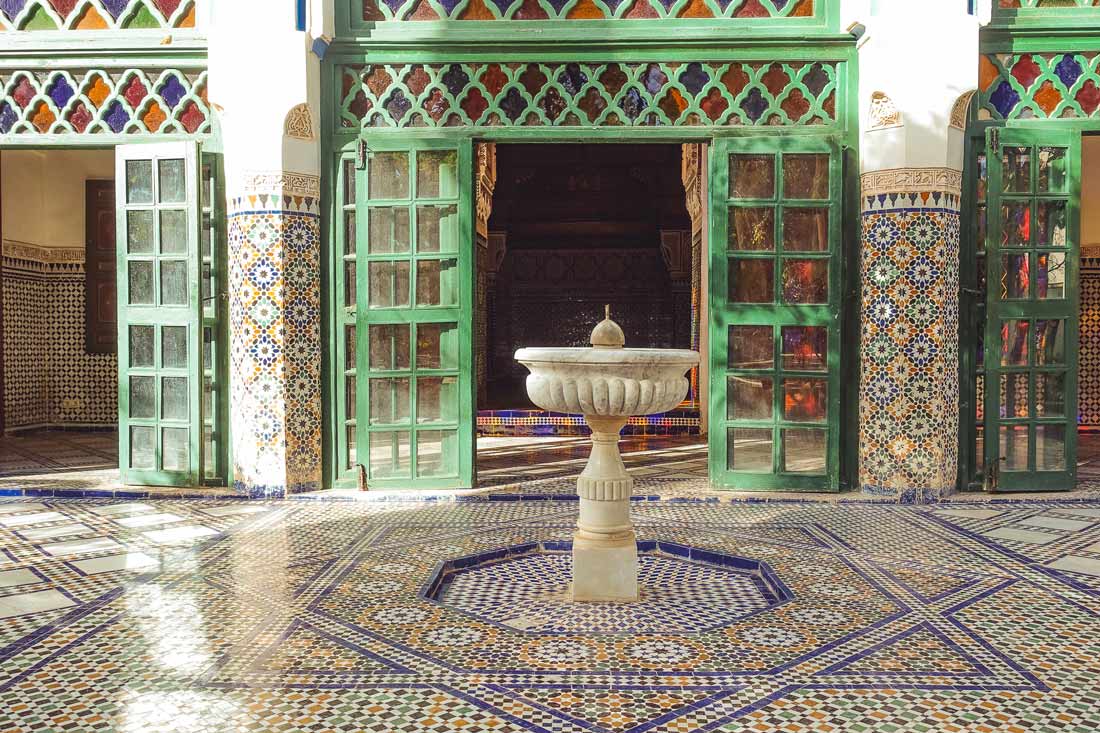
While there are cultural differences—such as the need for modest clothing and respect for religious sites—visitors will find that Morocco is a country where Islam is practiced with tolerance. Public life may slow down during religious holidays like Ramadan, but the celebrations offer unique insights into Moroccan culture, especially the evening iftar meals.
Conclusion on Islam in Morocco
Islam shapes almost every aspect of life in Morocco—from architecture and cultural traditions to social structures. Its deep roots date back to the 7th century and have evolved into a blend of tradition and modernity. This is particularly evident in the country’s stunning landmarks, religious festivals, and the daily routines of its people.
Morocco offers travelers the opportunity to experience this fascinating mix of history, spirituality, and culture. By respecting the local religion and its customs, visitors can gain an authentic and profound understanding of Moroccan life.

